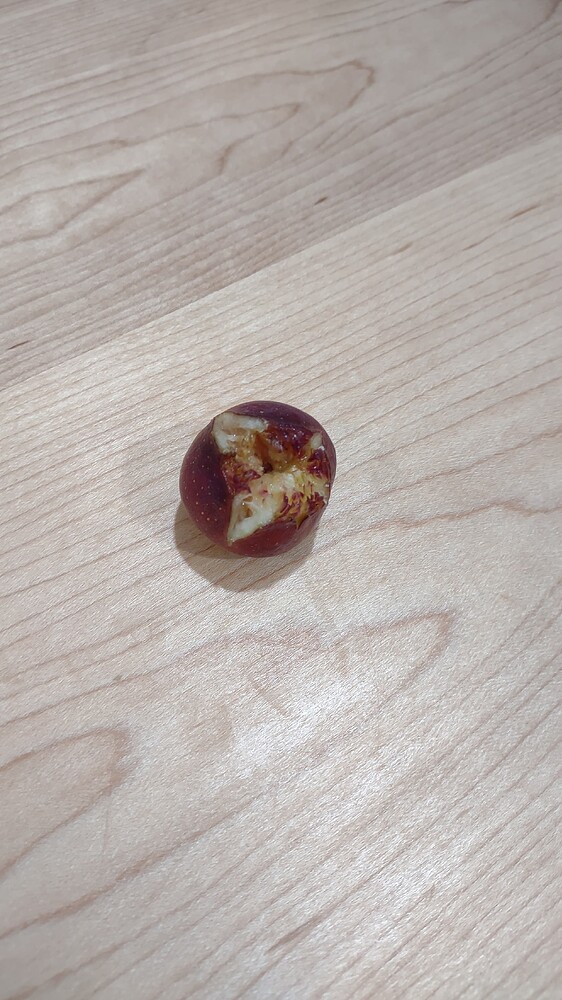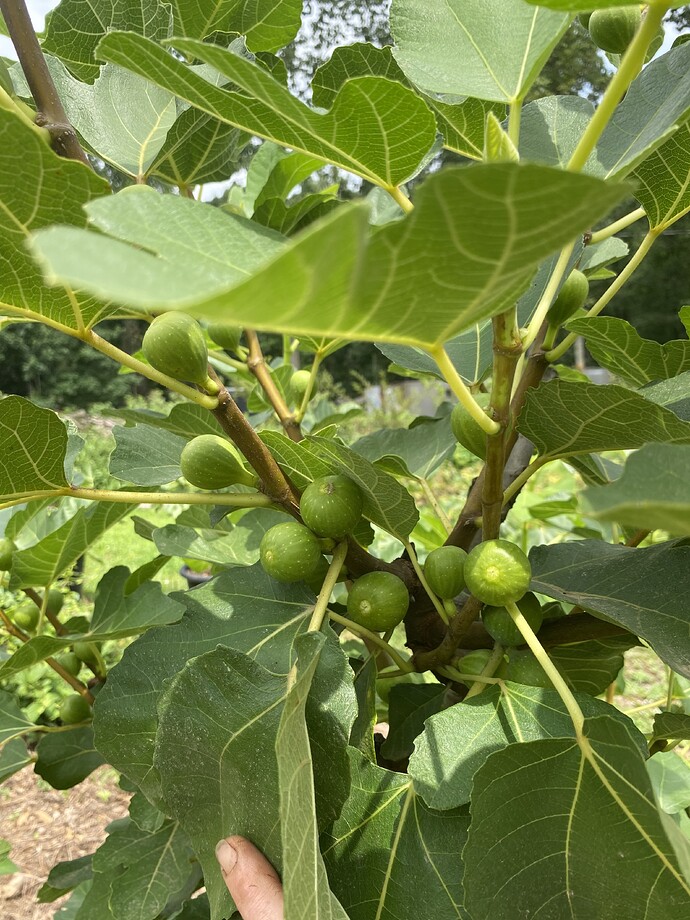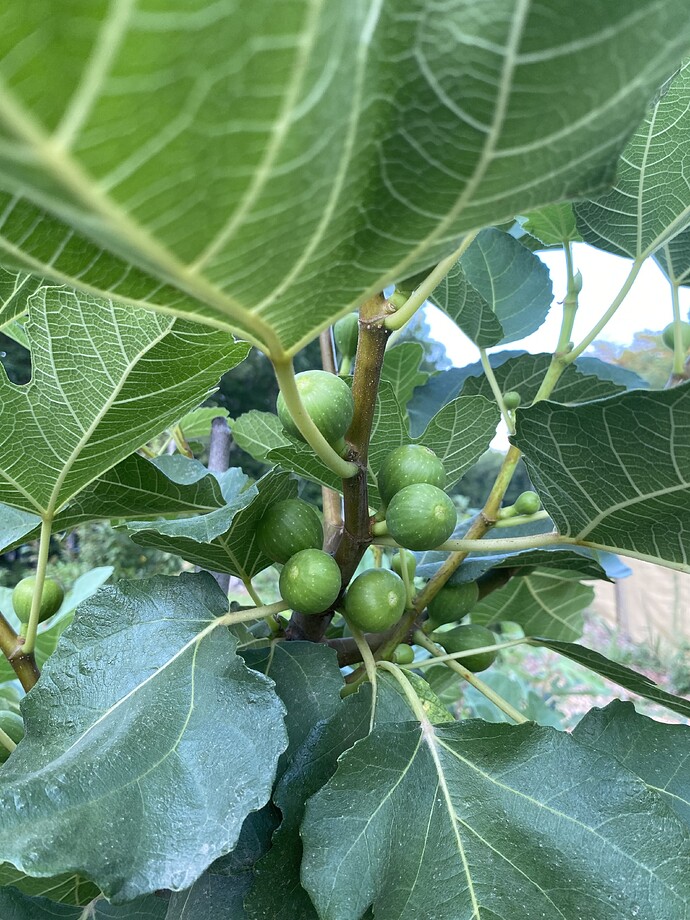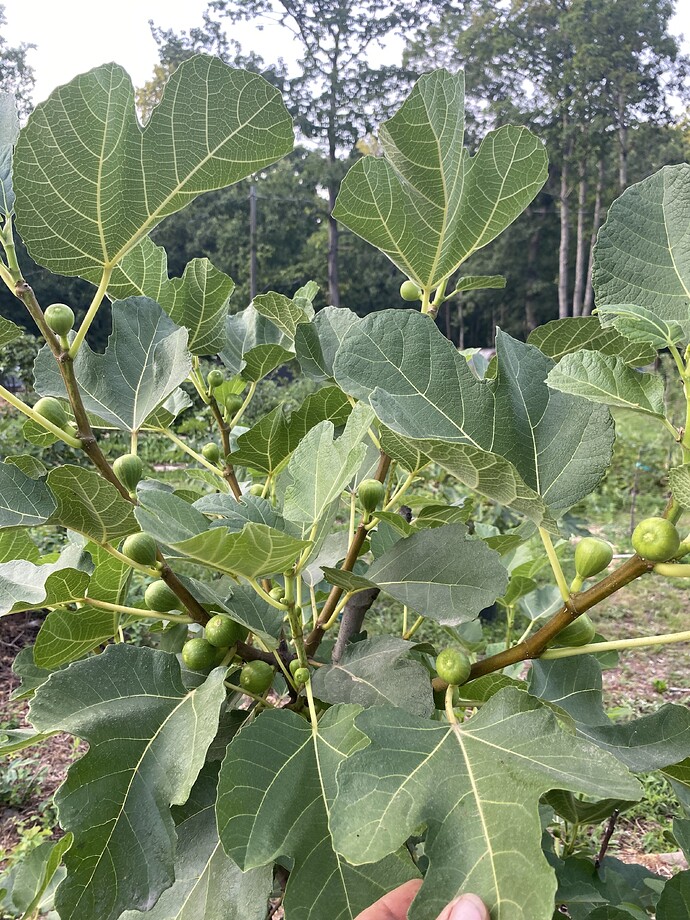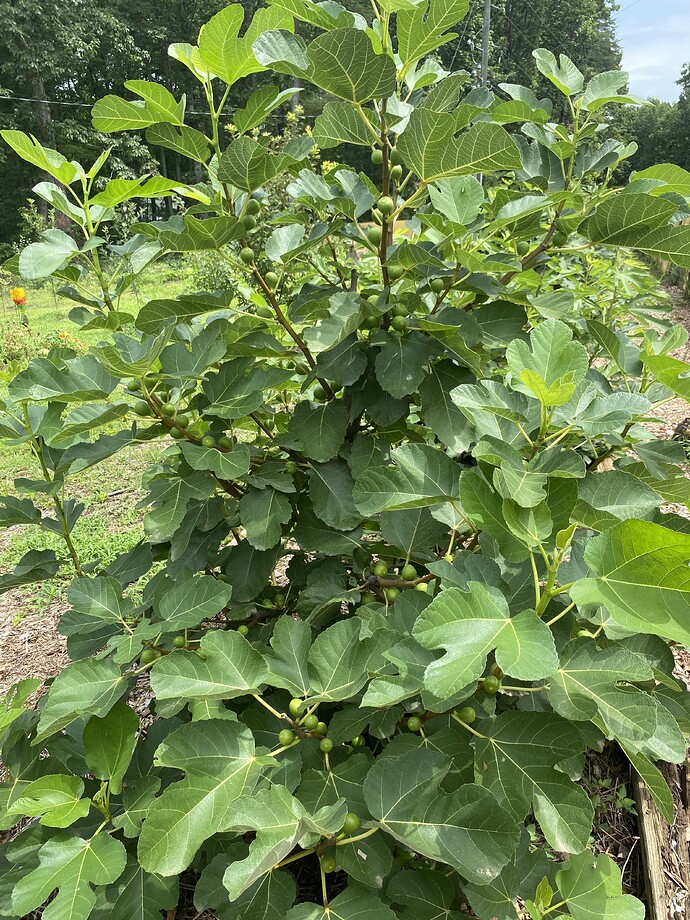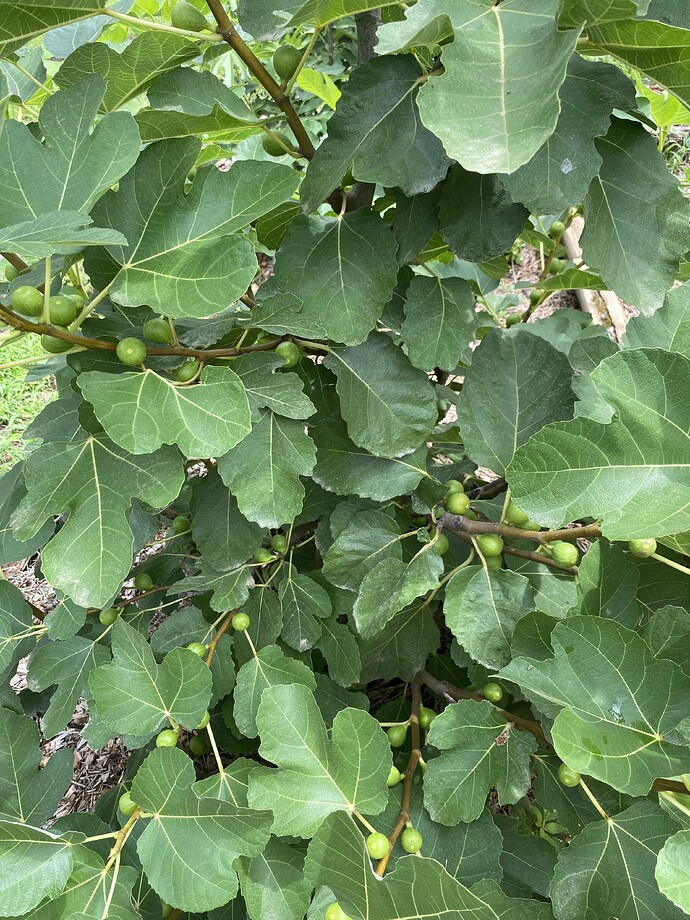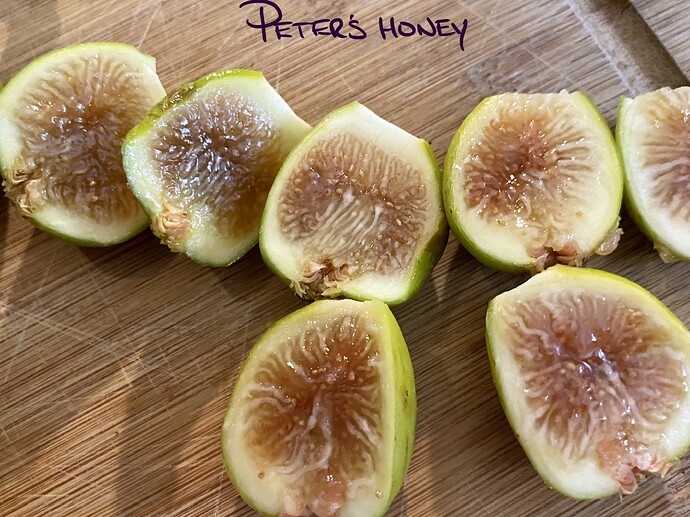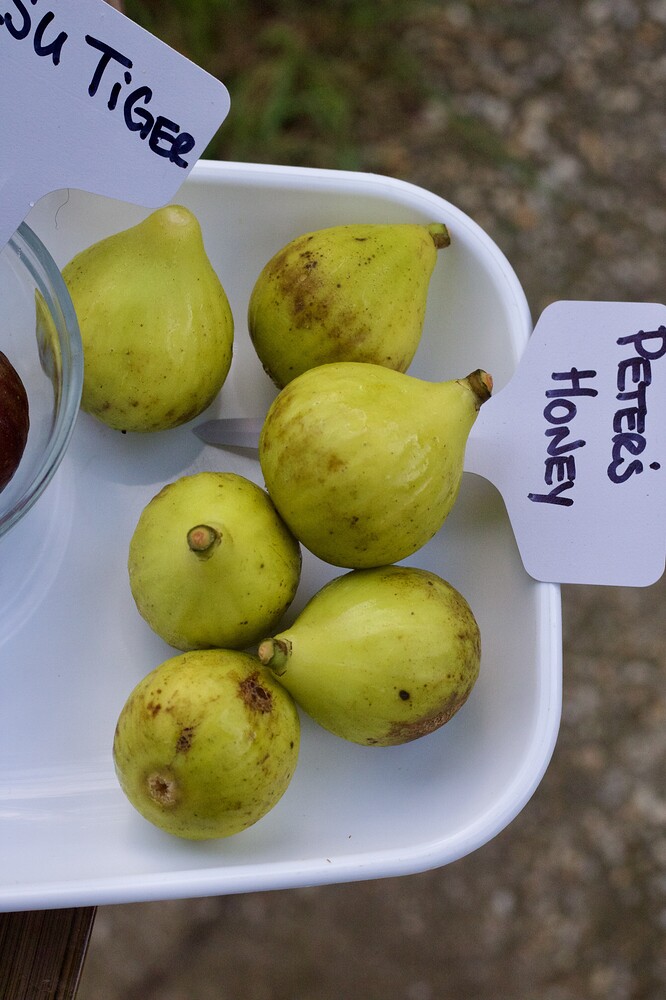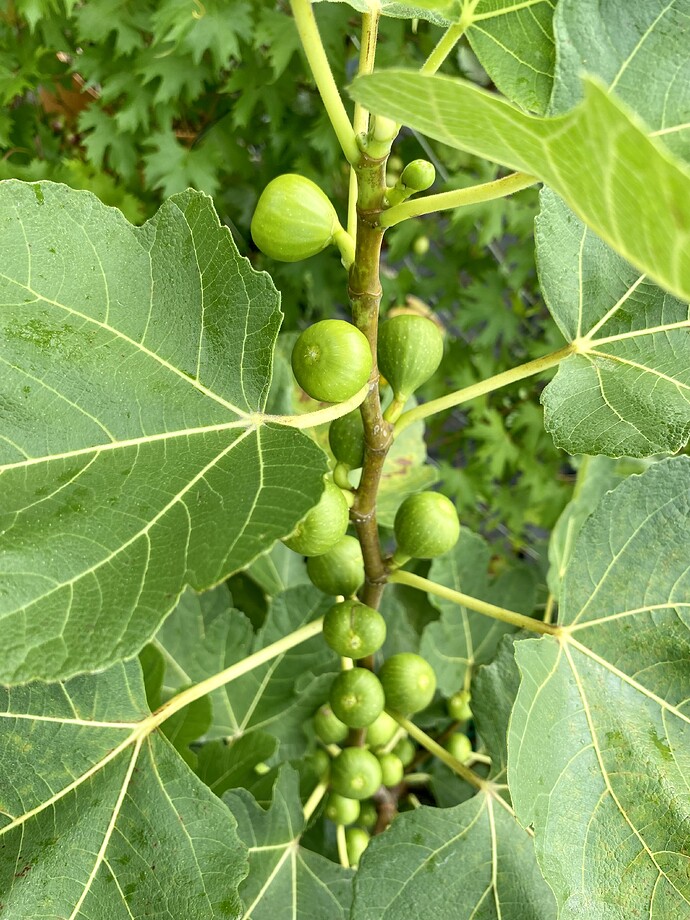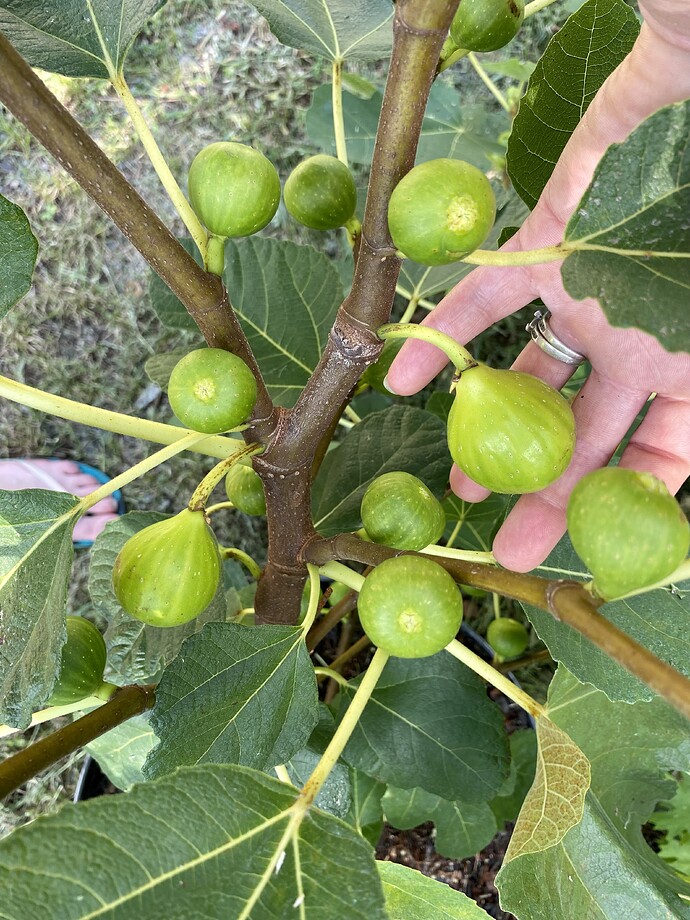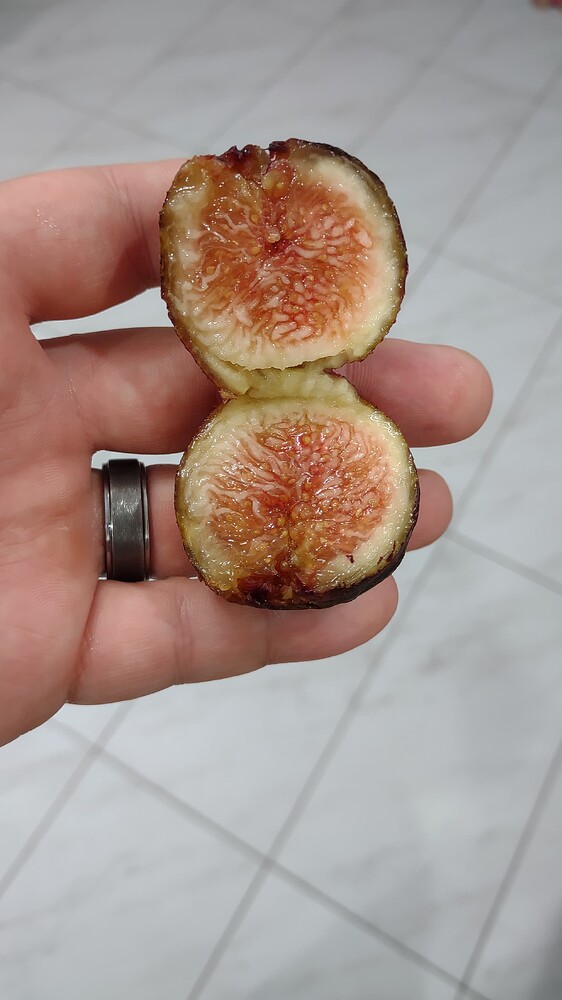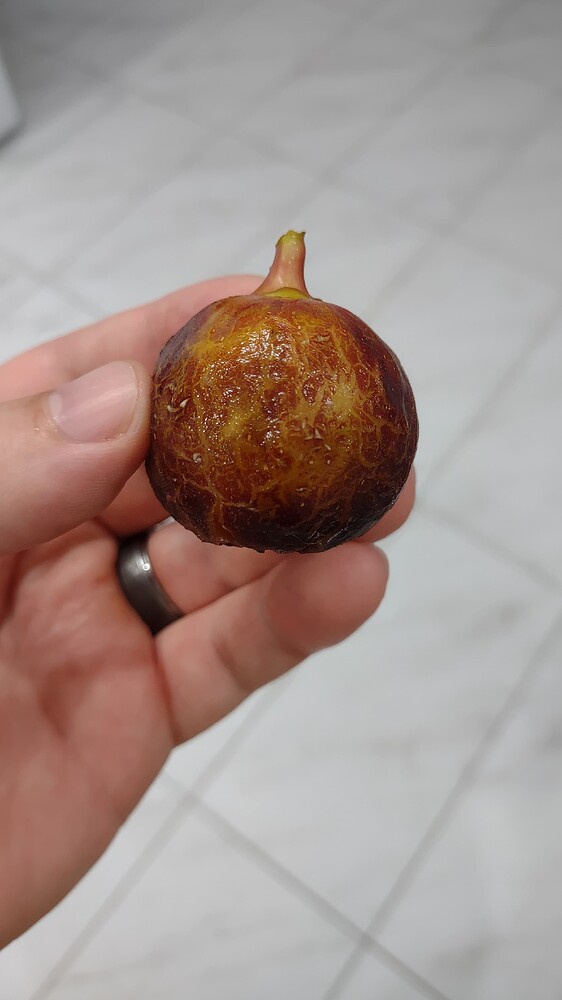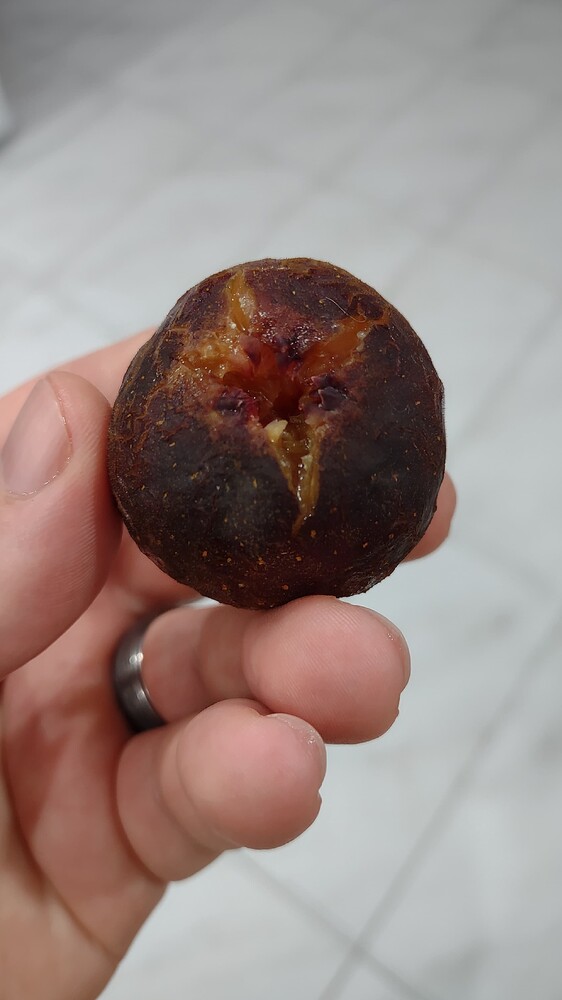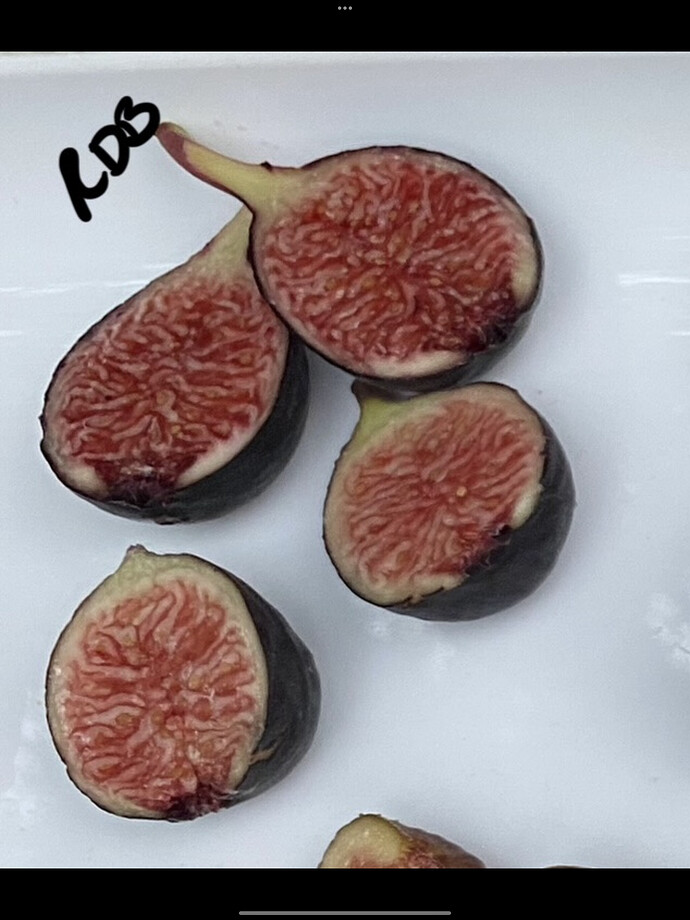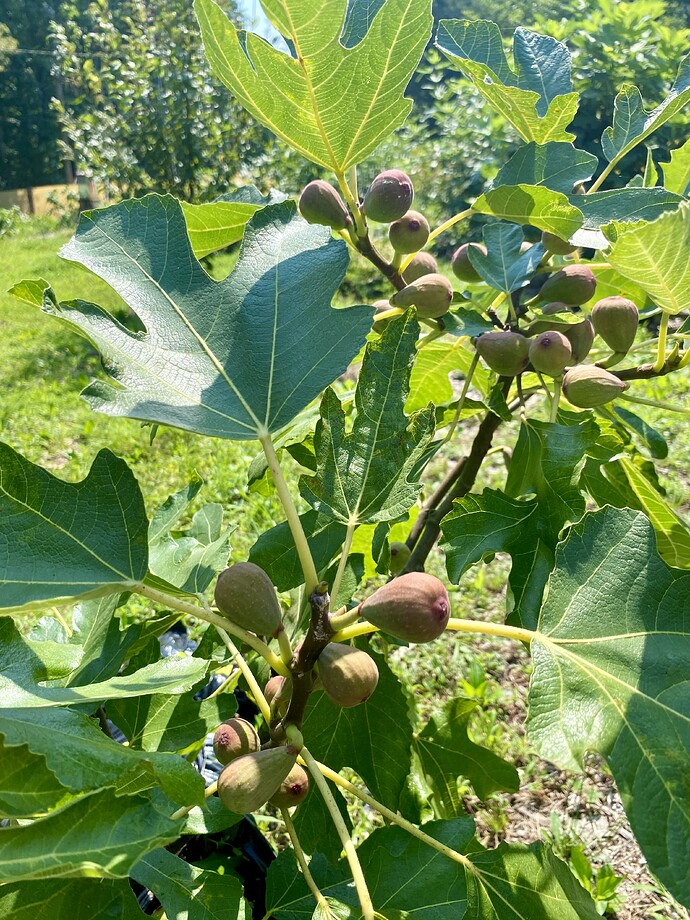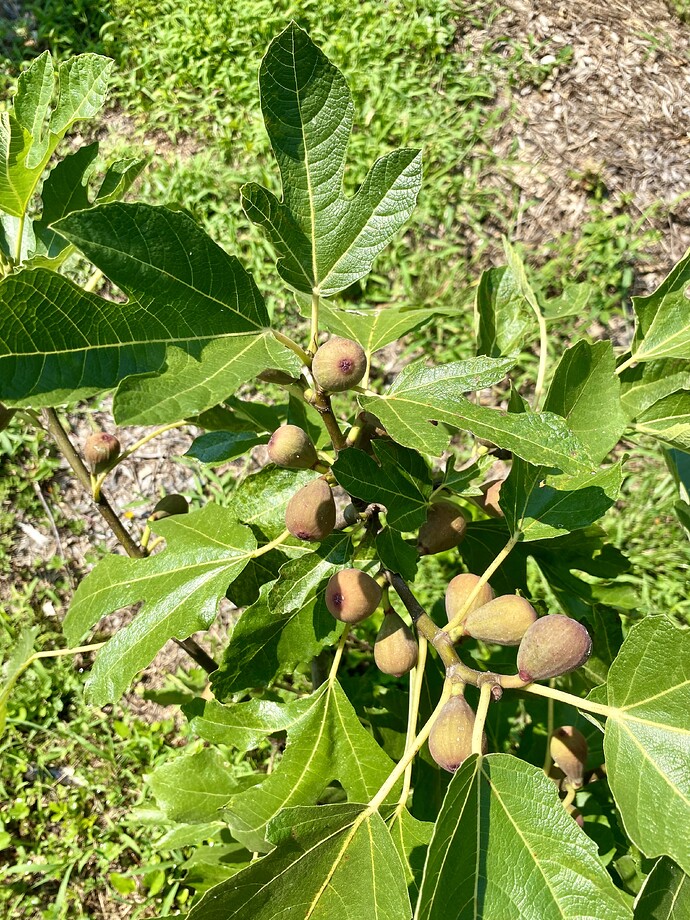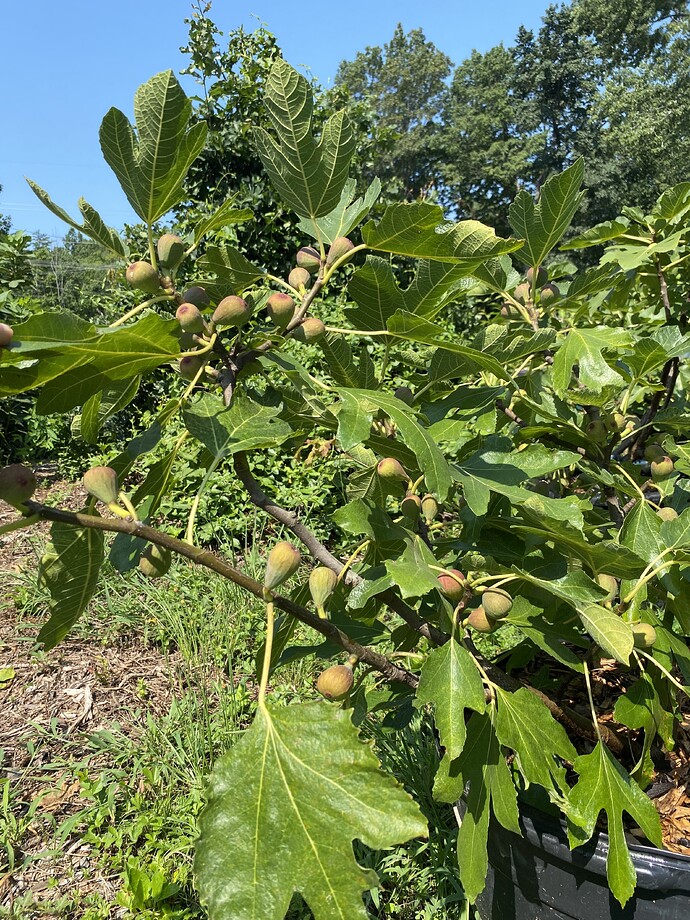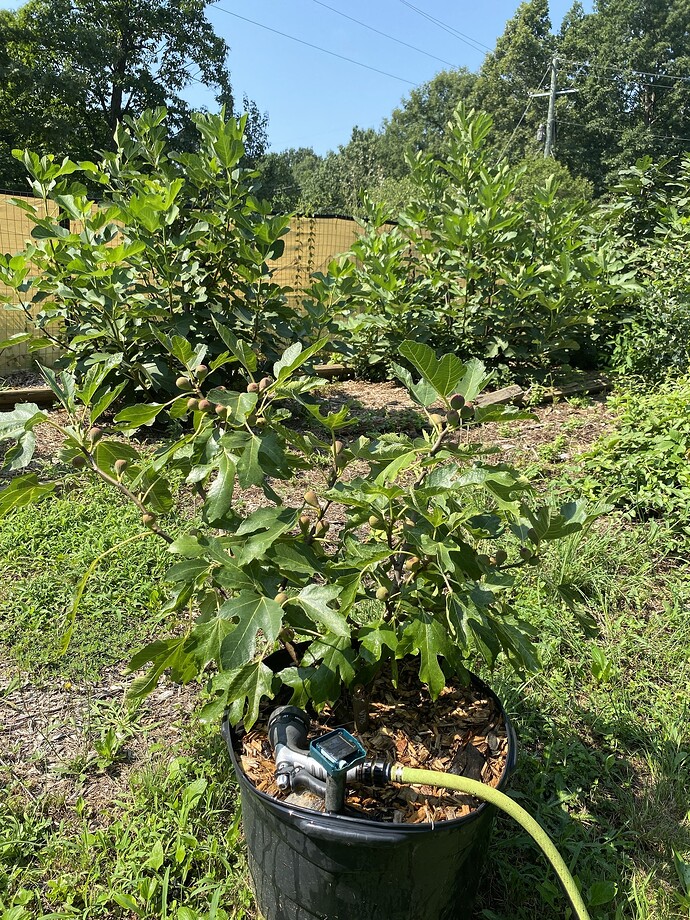That’s a good list so far.
I personally think Brown Turkey isn’t as good for the South as its popularity would suggest. My experience has always been that they have issues with splitting and so not ripening all the way. I’m sure a dead-ripe, shriveling and cracking around the edges Brown Turkey is a great tasting fig, but I wouldn’t know, I’ve never gotten one to that stage… And under ripe Brown Turkey is just ok. Still a great fruit, but compared to other figs, meh.
If you like Chicago Hardy, Malta Black is one that might be worth looking into. It’s also a Mt. Etna variety like CH, and it tends to be one of the ones that people rate as their best M. Etna fig.
Smith has issues with winter dieback when it is young, and requires a lot of sunlight for good production, but otherwise is a premier fig for the South. It regularly ranks as a lot of people’s favorite fig, and handles rain and humidity very well.
Alma, Hunt and Hollier are some other classic figs for the South.
LSU purple for me has been extremely rain resistant, vigorous, and productive. The figs are kind of like Celeste, but the flavor is different. For me they color up long before they’re actually ripe–don’t pick them until they get very soft, hang low, and ideally start to shrivel a bit. I’ve had good luck in getting them dead-ripe on account of their tight eyes and elongated shape (helps with splitting).
LSU Black and LSU Strawberry have also done well for me so far, but it’s too early for me to give a definitive review.
I started some Atreano cuttings this past winter and despite being in too small pots they’re already big plants loading up on figs. Way, way to early for a definitive review, but so far they’re looking promising.
Olympian does pretty good for me. LSU O’Rourke and LSU Tiger are well-spoken of, but I can’t say much about them yet as mine are still young and due to some poor choices on my part got particularly damaged this past winter.
For pretty much all figs, I personally find it very helpful in getting them fully ripe to cover them with an organza bag. And if the ants are getting bad as they do time to time, before bagging I’ll put a little dilute permithrin on the mouth of the bag where it snugs up against the stem. Doing so usually keeps the ants off even for figs very close to the ground and shouldn’t contaminate the fig itself. And since 5% permithrin cream is considered perfectly safe for topical use on humans, and permithrin drenching of clothing and kid’s mosquito nets is similarly safe, I’m pretty ok with the idea of traces of 0.5% permithrin getting on the stem, which I don’t eat anyway.
I realize I probably could treat the trunk of the fig tree instead, but that would require a lot more permithrin, and would likely expose far more non-target bugs to it. All I want is just enough permithrin to ward off the ants (not even kill them), and I’m applying it to the smallest possible area by taking advantage of the fact that the stem is a natural bottleneck–and even then, I only apply it to the bit of fabric that wraps around the stem, not the stem itself, and I apply long before bagging and the permithrin spray has already dried by the time of bagging. Again, I’m ok with using chemicals, but I prefer to use them in the lowest quantity and lowest impact way possible that still gives me the low-effort but fruitful results that I want.
I’ll note that I also don’t tie the organza bags, I just pull the drawstrings somewhat snug. So far that’s been effective enough in keeping wasps, beetles, birds, and mammals off the figs, so tying the bags would just be adding work for me. I also only bag once the figs swell and start color changing, so most of the time I’ve got a roughly fixed number of bags on a given tree and just move the bags from one ripe fig directly to the next ripening one to avoid double-handling the bag (again, I’m a fan of low-effort. I’ll use the bags, but only in the laziest way possible, lol).
Bagging in this way really helps in getting the absolute ripest figs, and I think to a small extent helps with moisture (not so much with rain, but the morning dew mostly lands on the bag rather than the fig, for example), which means that even otherwise good but not amazing fig varieties like LSU Purple end up tasting out-of-this-world good and better than absolutely any other fruit I grow or certainly can buy.
Now, in other climates with lower rainfall and humidity, and with fewer ants, flying insects, birds, squirrels, racoons, and deer, using bags like this is probably a waste of time. But for dead-ripe figs in the South, this is by far the most effective but still low-effort method I’ve tried.
